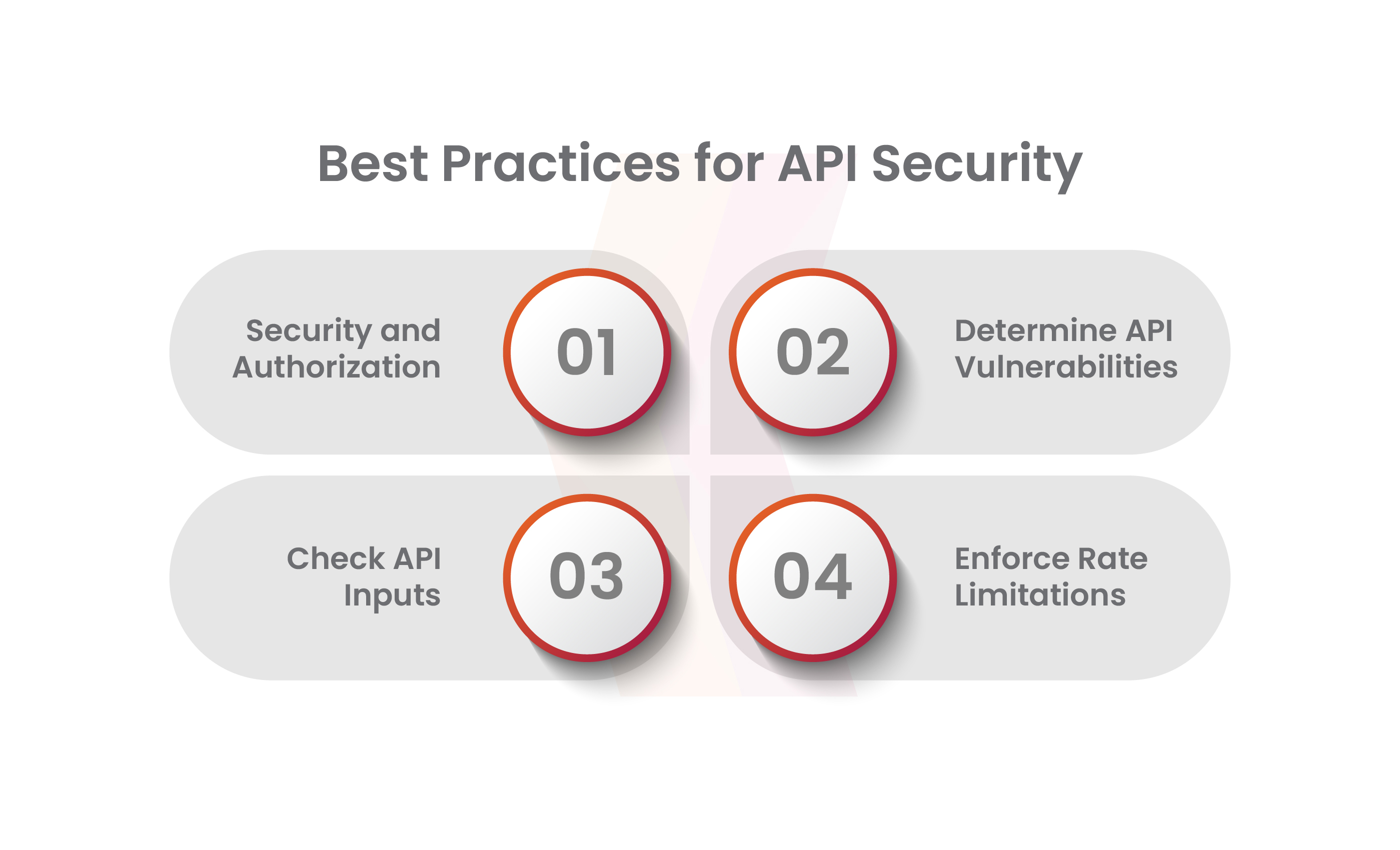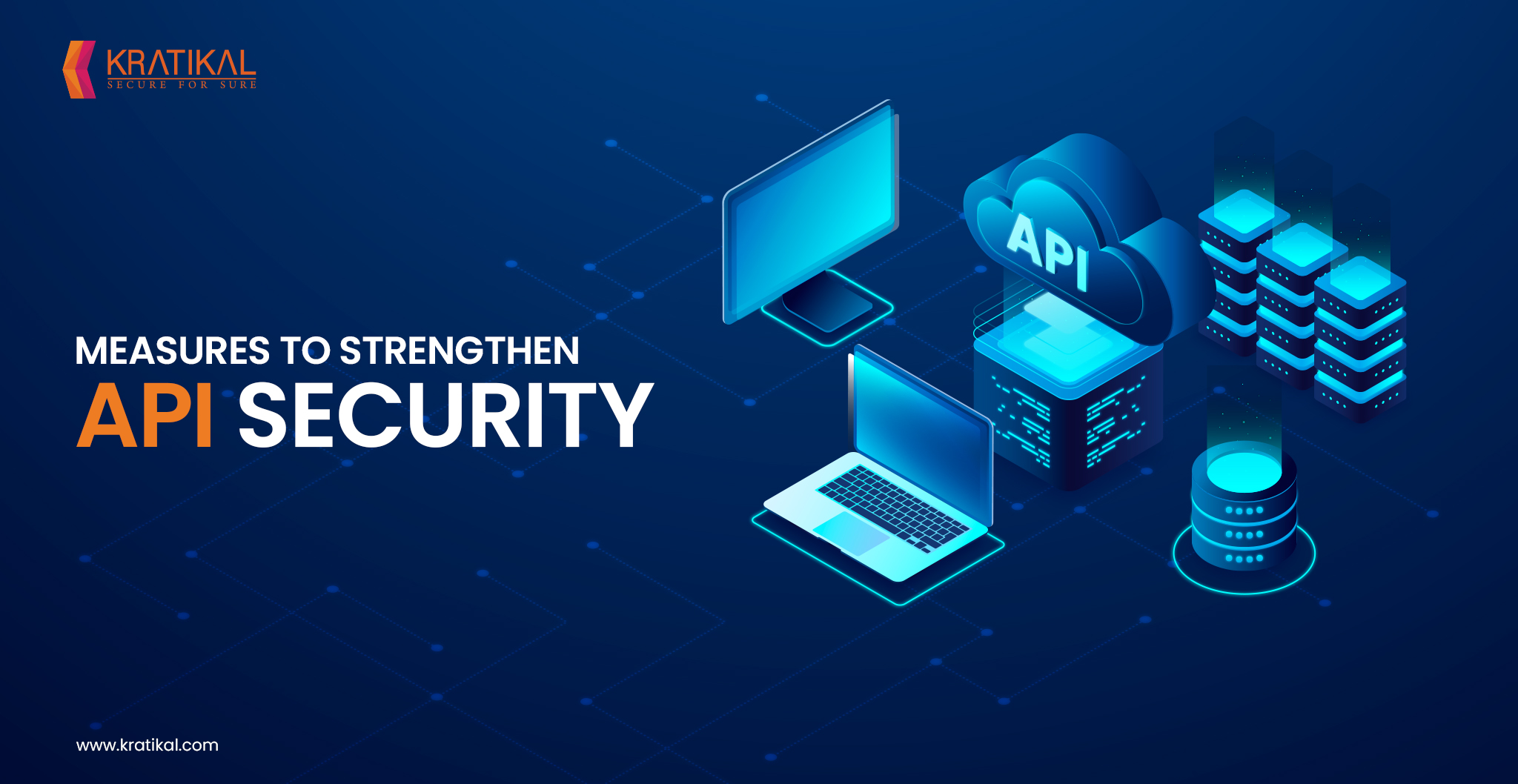Have you ever thought about how API security is vital in 2023? Application Programming Interfaces (APIs) are crucial for facilitating communication across different software structures. They make it possible for packages to communicate and exchange functionality with one another. However, with the increasing reliance on APIs comes a heightened risk of security breaches. API breaches can expose sensitive data, compromise user privacy, and disrupt business operations. To safeguard against these threats, it is crucial to implement effective measures for API security. Beyond protecting sensitive data, API security is significant since it’s essential to maintaining compliance with several business and governmental regulations.
In this blog, we will examine the practical methods to prevent API breaches and enhance standard protection.
Table of Contents
Best Practices for API Security
While APIs have many benefits, there are also significant security risks. API security is essential for safeguarding confidential information and ensuring that only approved users have access to it. Without adequate security safeguards, APIs can be subject to attacks such as SQL injection. Therefore, it’s crucial to have appropriate API security protections in place.
The protection of the API from potential risks is by controls like authentication, authorization, encryption, and secure design. Let’s have a look at each control’s definition and function in more detail.
Security and Authorization
API security must have safety and authorization. Security is the procedure of confirming the lawful user or application making an API access request. The process of deciding which API operations a user or application is permitted to carry out is known as authorization. Some of the best practices for security and authorization in APIs include the use of API keys and tokens, OAuth and OpenID Connect, and role-based access management.
Determine API Vulnerabilities
To effectively uncover vulnerabilities within your APIs, it is crucial to conduct routine VAPT Testing. These assessments should encompass a comprehensive evaluation of your API’s structure, design, and implementation. It is imperative to be vigilant in searching for common vulnerabilities like injection flaws, compromised authentication, and insecure data storage. Consistent security audits serve as a proactive measure to pinpoint potential vulnerabilities within your APIs and rectify them before malicious actors can exploit them.
In addition, continuous monitoring plays a crucial role in identifying API vulnerabilities. This entails the ongoing scrutiny of your APIs for any unusual activity, performance irregularities, or potential security risks. By implementing continuous monitoring, you equip yourself to promptly and efficiently detect and respond to security incidents.
Check API Inputs
To uphold the security of your APIs, it is imperative to validate all incoming data prior to processing. This validation encompasses a thorough examination of data types, lengths, formats, and permissible values. Through input data validation, you can effectively thwart various security threats, such as injection attacks and buffer overflows.
Another vital role of API parameter validation involves the sanitization of output data. This process entails the removal of potentially harmful elements, such as HTML, JavaScript, or SQL code, from the data furnished by your APIs. Implementing output data sanitization serves as a safeguard, shielding both your users and applications from potential threats like cross-site scripting (XSS) and other code injection attacks.
Enforce Rate Limitations
In order to protect against API breaches and Distributed Denial of Service (DDoS) attacks, rate limitation is a useful defense strategy. You can preserve accessibility for legitimate users while preventing bad actors from overwhelming your system with requests by limiting the number of requests permitted within a given timeframe.
Additionally, you have the choice to implement API quotas in addition to rate limiting to limit the number of requests that are permitted for a specific user, application, or IP address. This precaution not only protects your APIs against breach but also makes sure that your user base is equally distributed in terms of resources.

Why is API Penetration Testing Essential?
APIs facilitate communication and data exchange among software components and applications, providing a means for programmatic access to business logic and digital resources. Consequently, they represent a prime target for malicious actors seeking to exploit vulnerabilities for financial gain, data theft, or unauthorized access to interconnected systems. Penetration testing, or pen testing, serves as a valuable practice for organizations to identify and rectify unknown vulnerabilities.
The need for API penetration testing is further underscored by the fact that APIs frequently reveal crucial company functions, such as payment processing and consumer data control. A successful API breach may result in the compromise of confidential information or the suspension of crucial business processes, both of which may have a negative financial impact and damage a company’s reputation. In essence, API penetration testing stands as an integral component of a comprehensive security strategy, ensuring the security and resilience of APIs against threats.
Get in!
Join our weekly newsletter and stay updated
Why is API Security Crucial?
APIs have become indispensable as they facilitate communication and data sharing among diverse software applications. Nevertheless, this heightened interconnectivity simultaneously presents notable security complexities.
Attacks launched by hostile individuals looking to take advantage of APIs for their own gain are possible. As a result, APIs have recently received more attention as a result of several important factors:
Digital Transformation
An increasing number of businesses are shifting their operations to the online domain and embracing digital technologies. They are relying more on APIs to facilitate the integration of diverse systems and services. However, this reliance also entails the transfer of sensitive data through APIs, which in turn creates potential security threats.
Cloud Computing
Cloud-based applications and services heavily depend on APIs for data exchange and interactivity. Any security weaknesses in these APIs can result in widespread and significant repercussions.
Security Measures are easily Bypassed
Security flaws and API vulnerabilities are distinct from one another. To detect and defend against API risks, numerous organizations frequently turn to using security solutions first created for online applications. However, these solutions are incapable of detecting the specific vulnerabilities and gaps that exist within APIs.
Book Your Free Cybersecurity Consultation Today!
Conclusion
API penetration testing plays a crucial role in this security strategy. It helps organizations uncover unknown vulnerabilities in their APIs, ultimately enhancing their resilience against malicious threats. By simulating real-world attacks and identifying vulnerabilities, API penetration testing ensures that APIs remain secure and capable of withstanding potential breaches.
Companies that prioritize API security not only safeguard their operations and records, but also maintain regulatory standards, defend their reputation, and safeguard their popularity. Staying cautious and proactive in protecting APIs is essential for long-term success and resilience against changing threats as the virtual environment continues to change.
Kratikal, certified by CERT-In, specializes in offering Vulnerability Assessment and Penetration Testing (VAPT) services. We offer a wide range of VAPT services to enhance an organization’s security stance. The services we offer include web application testing, network penetration testing, cloud penetration testing, secure code review, IoT security testing, and medical device security testing.
Utilizing VAPT services provided by Kratikal can enhance your business’s cybersecurity defenses. It enables you to take a proactive approach to identify and mitigate potential vulnerabilities. This would ultimately reduce the risk of cyberattacks.









Leave a comment
Your email address will not be published. Required fields are marked *